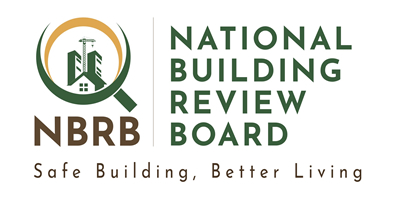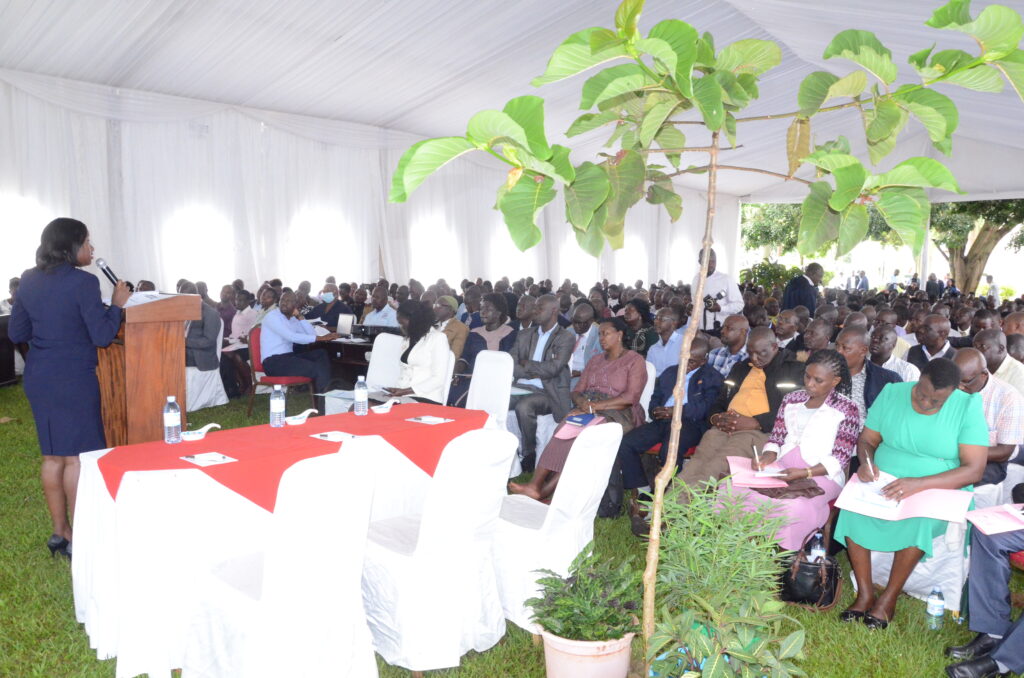Over 300 Building Control Officers (BCOs) and Physical Planners (PPs) will converge in Mbarara city from 23rd to 25th April to deliberate on measures of improving building control in local governments.
Whereas many local governments are witnessing massive building developments, majority of them are unregulated and of poor standard resulting into building accidents and loss of property. Government also continues to loss revenue in form of building control fees due to limited monitoring and inspections on ongoing building activities.
The 3 days’ meeting will therefore focus on harmonising development and building control operations and processes, inspection of building operations and the use of automated systems in facilitating building control functions. The systems include the Building Industry Management System (BIMS), Integrated Revenue Administration System (IRAS) and ELOGREV.
The Building Control Act Cap.136 provides for the Building Control Officer and a number of Assistants in each District Council and Urban Authority whose functions is to make recommendations to the Building Committee in relation to building plans, specifications of materials and workmanship. They also forward to the Building Committee for review, copies of all applications for minor building works, inspect the erection of any building, the demolition of any buildings among others functions.
The Physical Planning Act 2010 on the other hand provides for the establishment of the District and Urban Physical Planning Committees whose membership includes a physical planner in private practice appointed by the council on the advice of the secretary to the Board.
National Building Review Board (NBRB) through a number of audit reports, has observed a number of improvements including increase of building committees from 70 in 2023 to 117 in 2024, improved understanding of the roles of BCs vs PPCs and the use of BIMS.
However, despite this improvement, Hudson Mutalya, the Senior Standards Officer at National Building Review Board (NBRB), revealed that through a number of audit reports, the Borad observed inadequate scrutiny of drawings, acceptance of incomplete applications, inadequate reporting by the BCOs, absence of BCs, irregular practise of building control by the physical planning committees and the physical planner, limited understanding and usage of BIMS.
“There are gaps in the usage of standard forms, formats and schedules; use of non-statutory building fees (under/over-charging) which expose government to legal and financial potential risks” Mutalya added.
NBRB spoke to the BCOs and PPs about their expectations. Arch. Byamugisha Dickson the BCO of Mbarara City, expects the training to handle the aspects of gradual implementation of BIMS in informal sector, scarcity of professionals in the sub urban areas and their impact on implementation of the Building Control Act. His Kiryandongo District counterpart Eng. Jospeh Candia hopes to gain skills in the assessment of building fees and the integration of BIMS and IRAS
Last year, NBRB trained over 400 District Education Officers, Inspectors of Schools and Building Control Officers on building control and fire safety standards especially in schools. The training focused on role of BCOs in scrutinizing architectural, structural, mechanical and electrical drawings and the use of BIMS).

